Communication is complex in today’s world. email, social media, Twitter, cell phones, texts, face time, contribute to communication overload.
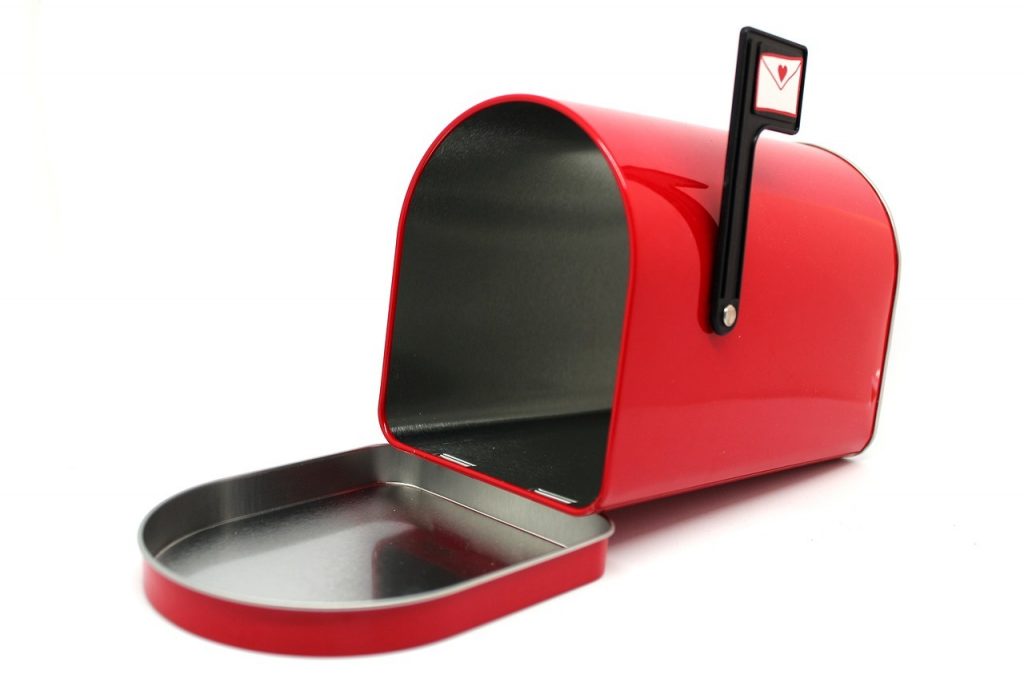
COMMUNICATION: SNAIL MAIL STYLE
Snail mail may seem obsolete, but we still get a lot of “stuff” crammed into our mailboxes. Most of us are happy when we the mailbox is empty. No junk mail or bills! But for others, particularly shut-ins, it means no communication from the outside world.
Staying in touch has changed over the generations, and as I contemplate how different things are from my childhood, my mind wandered back even further in time. How did people communicate with friends and family who lived far away from one another in biblical times? They probably had a figuratively empty mailbox all the time. Or did they?

COMMUNICATION: BIBLICAL STYLE
Abraham’s journey with God began with a move from his homeland. As I read Abraham’s story, this verse about his burial caught my attention: “His sons Isaac and Ishmael buried him in the cave of Machpelah, near Mamre, in the field of Ephron the son of Zohar the Hittite (Genesis 25: 9 NLT).
Why did this verse cause me to pause? Because in Genesis 21: 9-14, Sarah (Abraham’s first wife and mother to his second son Isaac) insists that Abraham sends his first son, Ishmael, and his mother Hagar away. After all, Isaac was the rightful heir.
Perhaps Abraham and Ishmael maintained some sort of relationship post-exile. After all, Abraham moved often and perhaps connected with his first son. Additionally, Sarah’s death might have provided an opportunity for a reunion between these two men. Nonetheless, Ishmael knew his father died, and consequently was there to help with the burial.
It is also interesting to note in Genesis 22: 20-24, the Bible records that Abraham heard his brother Nahor had twelve children. So did he open his Facebook page to discover this information? There are other instances like this in the Bible. For example, Isaac sent Jacob to Paddan Aram to marry one of his cousins. (Genesis 28: 1-5) Obviously, Isaac knew Jacob had cousins who were single and of marriageable age.
So creative communication is not new to our modern times. It is obvious that people in biblical times found ways to communicate and share information.
COMMUNICATION AND HOSPITALITY
Most likely, a nomadic lifestyle and the importance placed on hospitality helped people stay connected. People welcomed travelers into their homes and took care of their needs. Genesis 18: 1-8 describes a time when Abraham welcomed three strangers and saw to their need for food and rest. When Jacob arrived at his Uncle Laban’s place the Bible describes an enthusiastic greeting. “As soon as Laban heard that his nephew Jacob had arrived, he ran out to meet him. He embraced and kissed him and brought him home” (Genesis 29: 13a).

Even in more modern times, hospitality played a role for staying in touch. Do any of you remember family dinners and porch sitting with neighbors?
COMMUNICATION IN MODERN TIMES
Today we sit at our computer perusing Facebook and Instagram. Or perhaps we check out the latest Twitter controversy.

Real-time pictures and posts are fun and an excellent way to keep informed. However, the digital world has so taken over that we often look down on more conventional communication like “snail mail.”
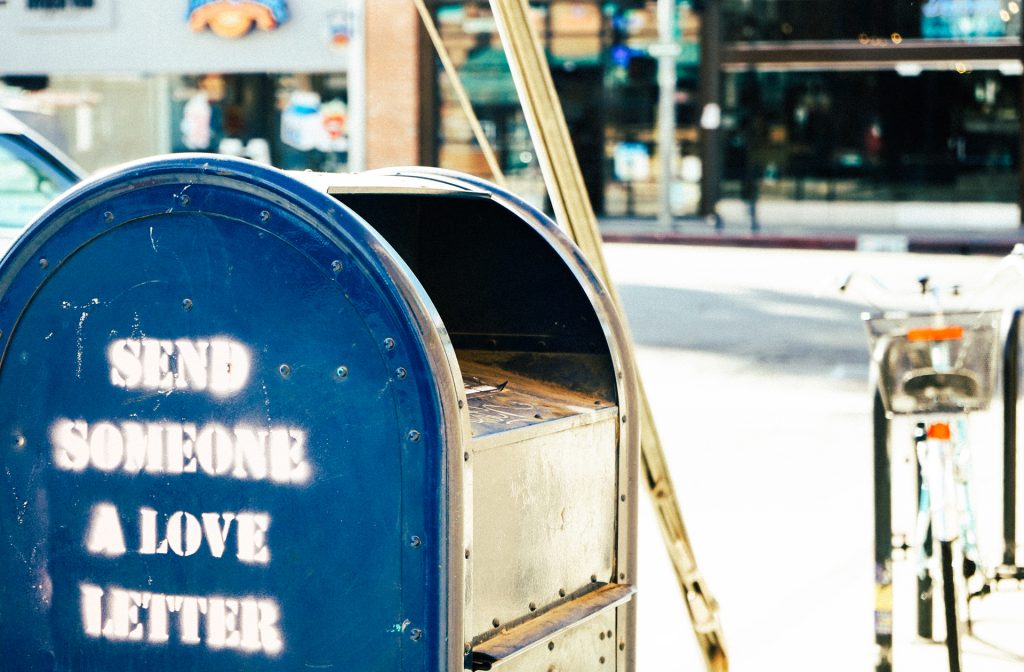
Then there is texting. It is taking over the role of the telephone.
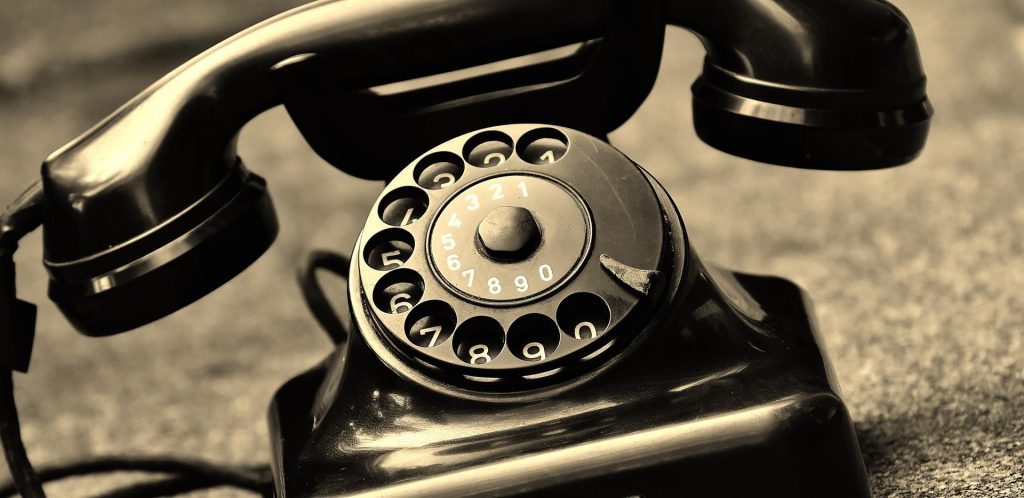
I text often, and for some interactions, it works well. However, when I am making plans the constant back of forth of a text drives me crazy. I would much rather hash out the details by talking to the person.
COMMUNICATION FOR THE YOUNG AND OLD
For the elderly who are not digitally connected it can mean an empty mailbox that used to bring interesting news, important announcements, and pictures to cherish. Just because something is old-fashioned doesn’t make it substandard. In fact, I think the old ways are more personal and caring. I say this thinking about my parents and how they enjoyed receiving mail.

My mother’s disappointment was obvious when the pen pal’s letter didn’t come. She loved cards and notes, which she kept in a drawer so she could reread when she needed comfort or cheering up.
Dad also enjoyed getting the mail. One day when I gave him a card sent by his “bowling buddies” his face lit up. Carefully reading all the names, my usually staid father had tears in his eyes and said, “That was nice of them. They remember me.” Placing the card on his bedside stand, he looked at it often.
On the other end of the spectrum, young children open mail with excitement and great expectation. They may save the letter or cherish a unique or foreign stamp.
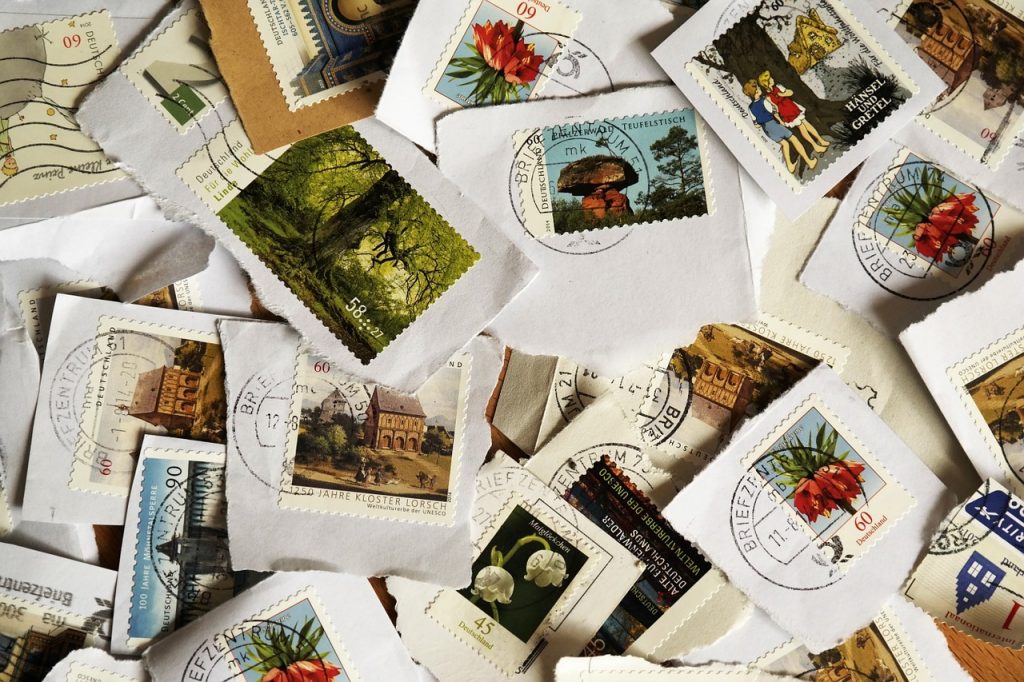
It is also exciting for children to write or draw something for a friend or relative.

The investment of time and personal touch helps the child recognize the value of caring for relationships. At the completion of the project, the child enthusiastically drops the envelope into the mailbox. This allows time for anticipation and excitement to build instead of the instant gratification we are accustomed to today.
COMMUNICATION WITH A PERSONAL TOUCH
While we may think that the desire for mail and face-to-face communication is only child’s play or for the elderly, consider the rise in popularity of scrapbooking during the last few years. Could this indicate our longing for a more personal and thoughtful communication style? Perhaps scrapbooking is fashionable because it personalizes an event, special occasion, or journey, allowing an emotional connection for both the scrapbooker and the recipient.
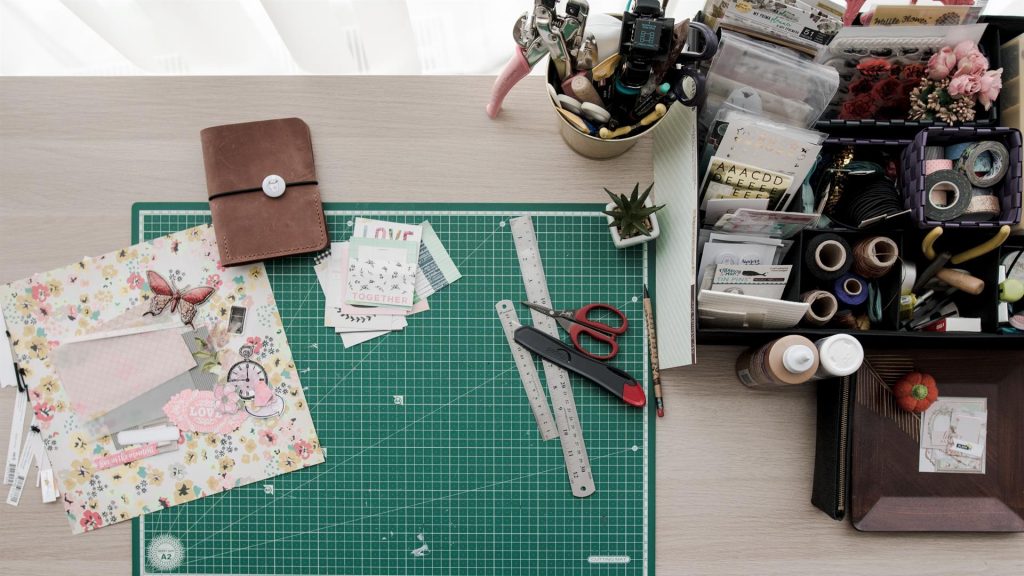
Communication overload is a problem. We need to protect our relationships from becoming part of an electronic age that encourages constant and frivolous communication, based on abbreviations, acronyms, and tech talk instead of meaningful and thoughtful messages to one another.
Can you imagine the excitement of getting news from relatives who lived far away in biblical times? You can envision them savoring every word.
With email, texting, and other social media it is easy to click or reply immediately. However, with a handwritten letter or a hard copy of a document you have time consider the writer’s meaning. There is time to respond in a more thoughtful manner.
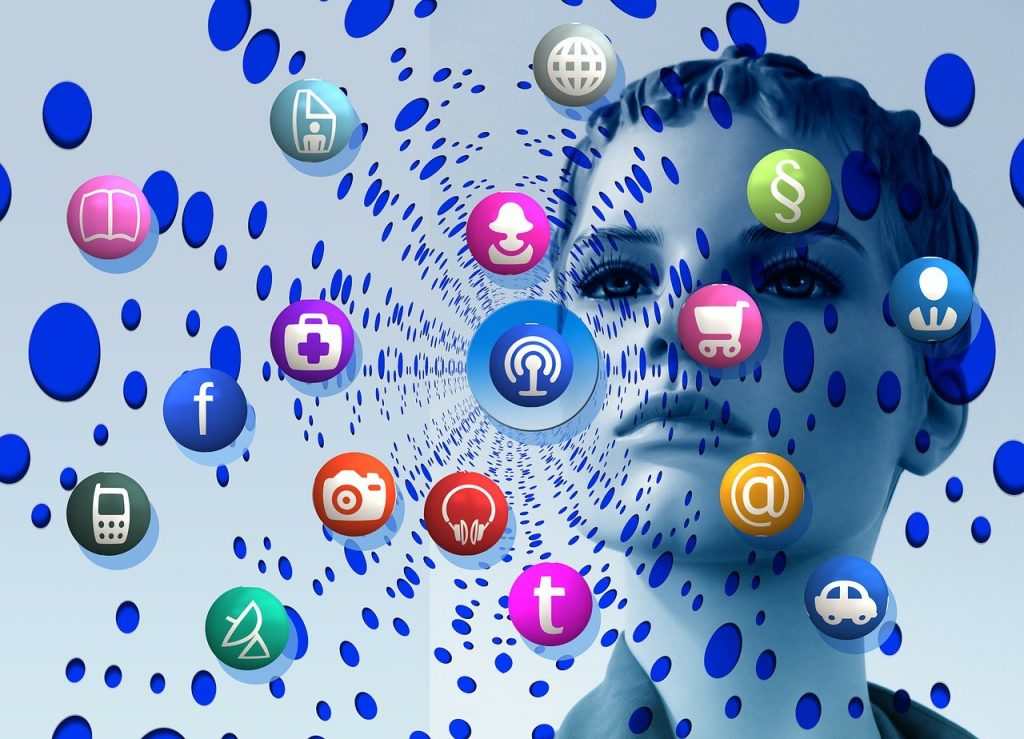
So the next time you sit down at a computer to answer an email or comment on social media, ask yourself if a handwritten letter might be more meaningful?
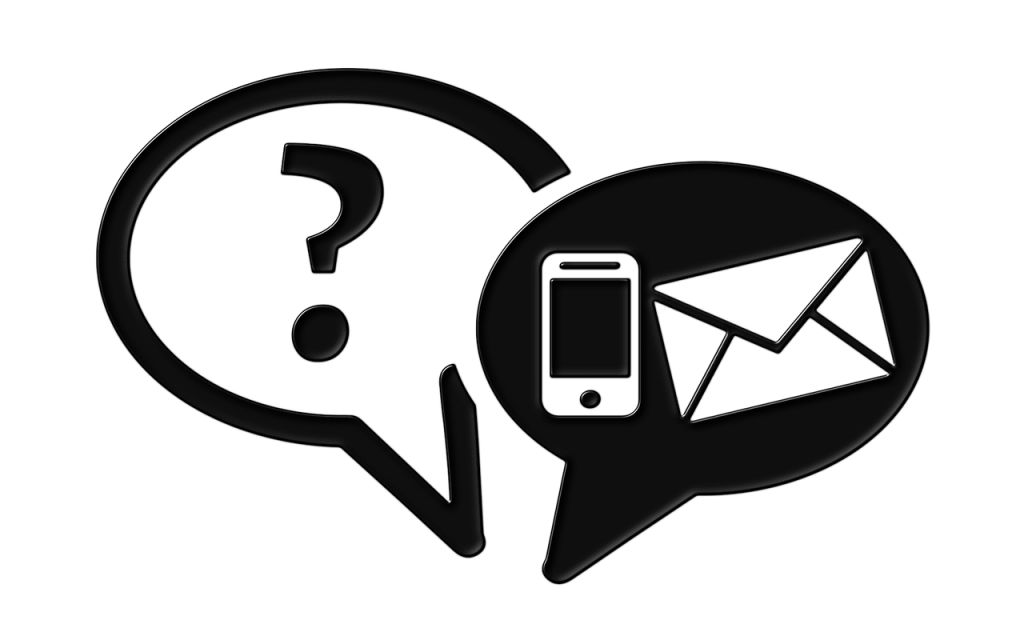
Perhaps you should keep a few stamps on hand, just in case.
MORE INFORMATION
Click here for an article about the pros and cons of our modern forms of communication. Also, take a look at Five Ways to Connect with your Kids.
COMMUNICATION BY BLOG!
Comments are also a form of communication, therefore they are welcome – even encouraged!
If you enjoyed this blog, please forward it to others. If you aren’t a subscriber click on the heart and provide your email address to receive blog post notifications. You will also receive a free gift.
Blessings until next time.
